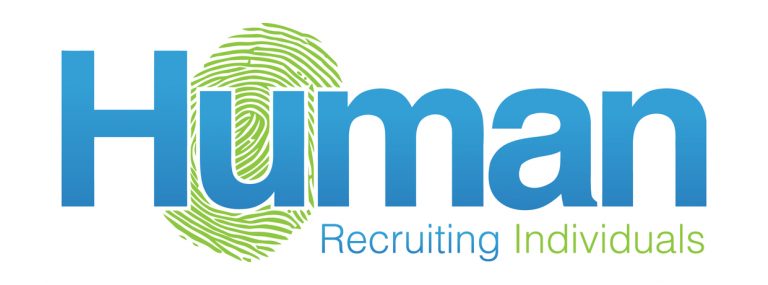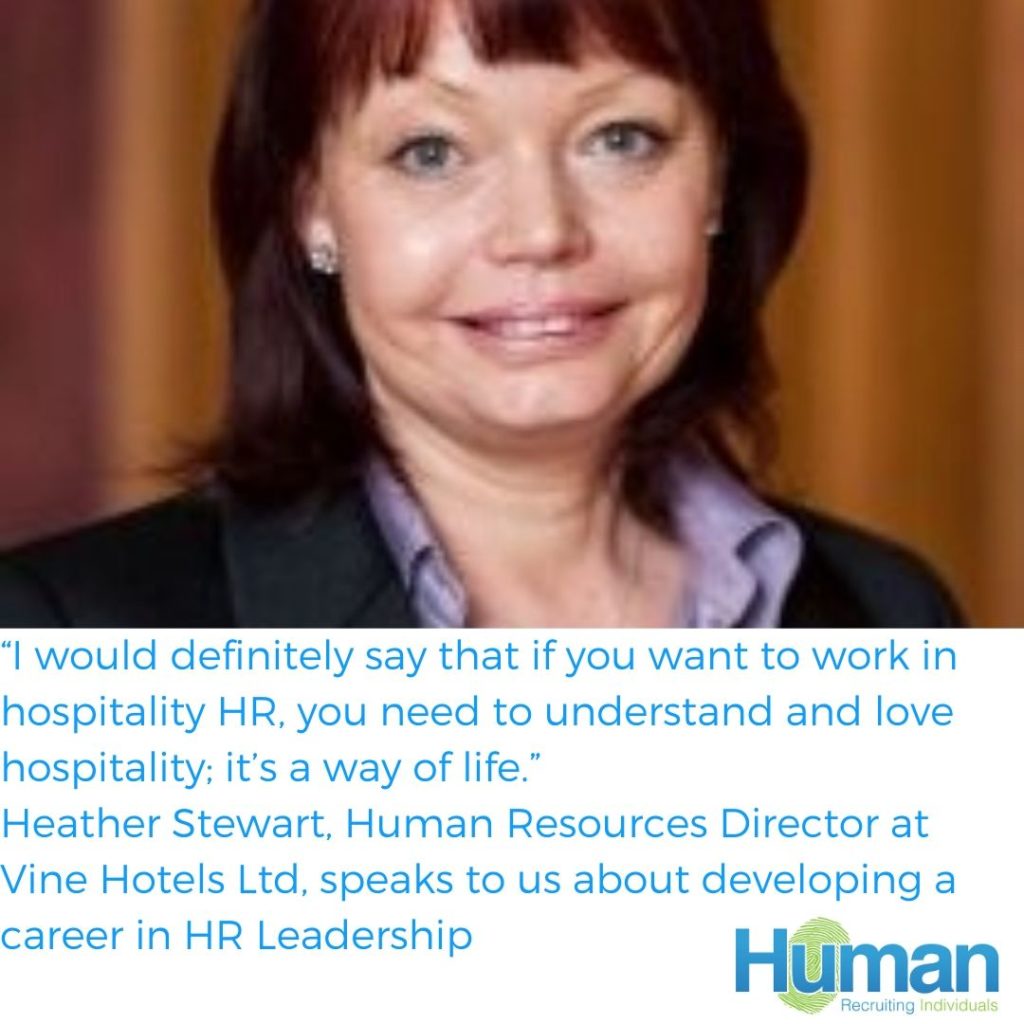Are video interviews the answer to COVID-19?
COVID-19 has taken the world by surprise. Many countries have closed their borders and either advised people to stay indoors or have enforced a strict regime of not leaving their homes. During this time of crisis, however, it is essential that we continue to work, but only if you can assure your own safety, as well as the safety of those around you! If you’re feeling well, and the role you’re recruiting for is business-critical, it is necessary that you keep the process moving. Great candidates do not stand still for long – even in a crisis! There are several ways that you can achieve this. The safest way to move forward is through the use of technology. Given the ease of access to video conferencing, it’s easy to arrange virtual interviews from the comfort of your own home. The benefits of video interviews Zoom, Skype, Hangouts, and GoToMeeting all allow video interviewing for little to no cost. Many tools even allow you to record the interview to be shared later. Be mindful of your responsibilities under GDPR, and ensure you have the participants’ consent prior to sharing or storing. Video interviewing provides a great opportunity to handle the hiring process, without placing the undue risk on your employees, the interviewees, or yourself. It’s a win-win situation for the involved parties. There are many additional benefits to conducting a video interview. For example, they’re more convenient, as there’s no need to go anywhere, and as such the time at which the interview takes place can be more flexible. This makes them more cost-efficient for everyone involved, since paying for a taxi, a bus ticket, or your own petrol also goes out the window. As an added bonus, you don’t have to schedule a meeting in an interviewing room either, thus removing the need to plan for its availability. If you’re worried that the interpersonal side of the rapport is going to be lacking because you won’t be meeting the candidate face to face, put yourself at ease. Consider that even if you were to have a “traditional” hiring process, you’d still be interacting with the candidate via email or phone prior to the meeting. With the same thought process, just apply your already established link to the video interview. You’ll see that besides shaking hands, which you really shouldn’t be doing at the moment, not much is different! Additionally, just like you’d be analyzing the interviewee’s soft skills in a face to face meeting, this is just as true for an online one-on-one — you can observe their verbal and non-verbal habits. In fact, because there are fewer distractions, you’ll be able to focus more on the nuances of the candidates’ behaviour. And just to top it all off, here are some extra benefits: Reduce time to hire A more standardised candidate experience Help position your organisation as forward-thinking Let us give a helping hand There are plenty of tools out there to conduct video interviews, but it doesn’t mean they befit your business. Skype can be great to keep in touch with friends and family, but since recruiters and HR professionals require access to more specialized features, you should consider a multi-dimensional video conferencing choice. The options include software which will grant you access to both pre-recorded, as well as live video interviewing possibilities. A pre-recorded solution is going to be a real time-saver for both parties, allowing individuals and hiring managers the opportunity to create or review videos on their own schedule. On the other hand, live video interviewing software, aside from doing exactly what its name implies, gives you access to automation, complex algorithms, and fully bespoke features. If all of that sounds appealing, you’ll be happy to know that for a limited period, we will be offering access to our own method of remote recruitment to any employers wishing to continue their recruitment process during the COVID-19 outbreak. HumanDNA is an innovative, multi-level assessment and recruitment platform that allows you to create interactive profiles of individuals, and also presents 5 layers of evidence of the candidate’s suitability for the role. Whether you require a pre-recorded video interview, a live approach, or even a value-based interview, we’re confident our platform has what you require. Its features include: Video introduction recorded by the candidate CV & Executive Profile Competency-based written Q&A McQuaig behavioural profile Key facts about the individual Get in touch to discuss how we can keep your business moving forward through this period.
Are video interviews the answer to COVID-19? Read More »



